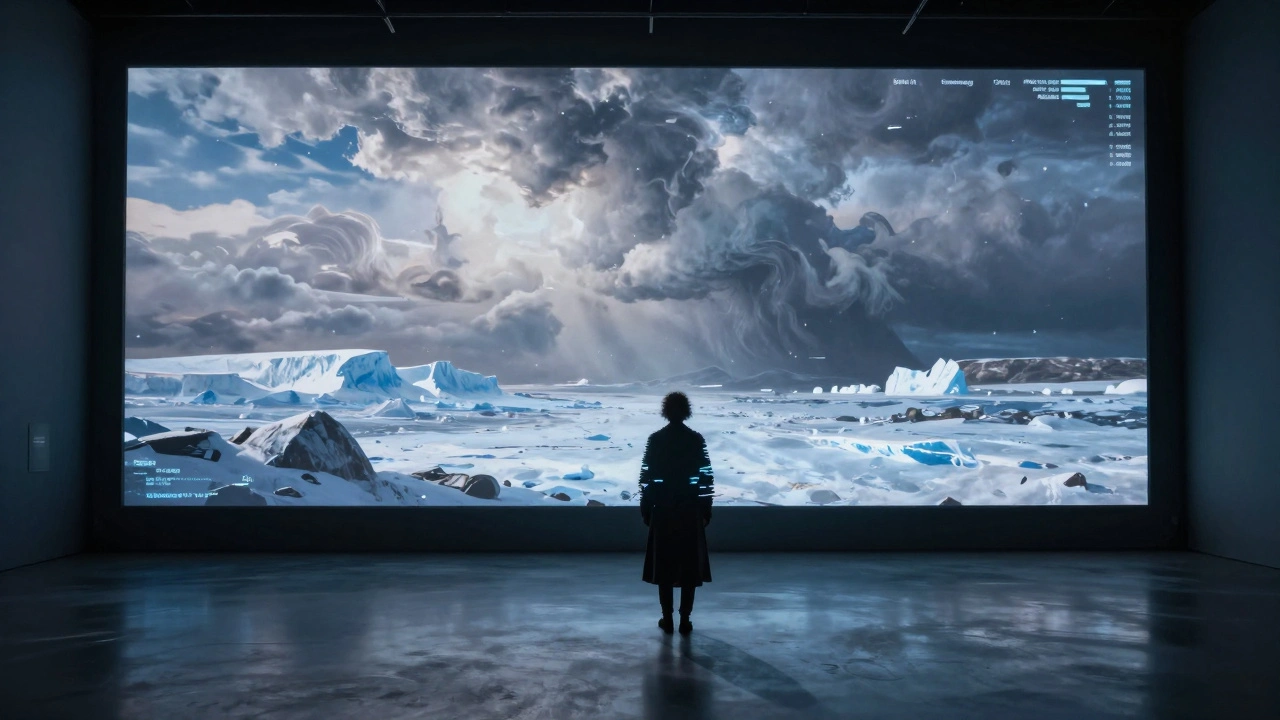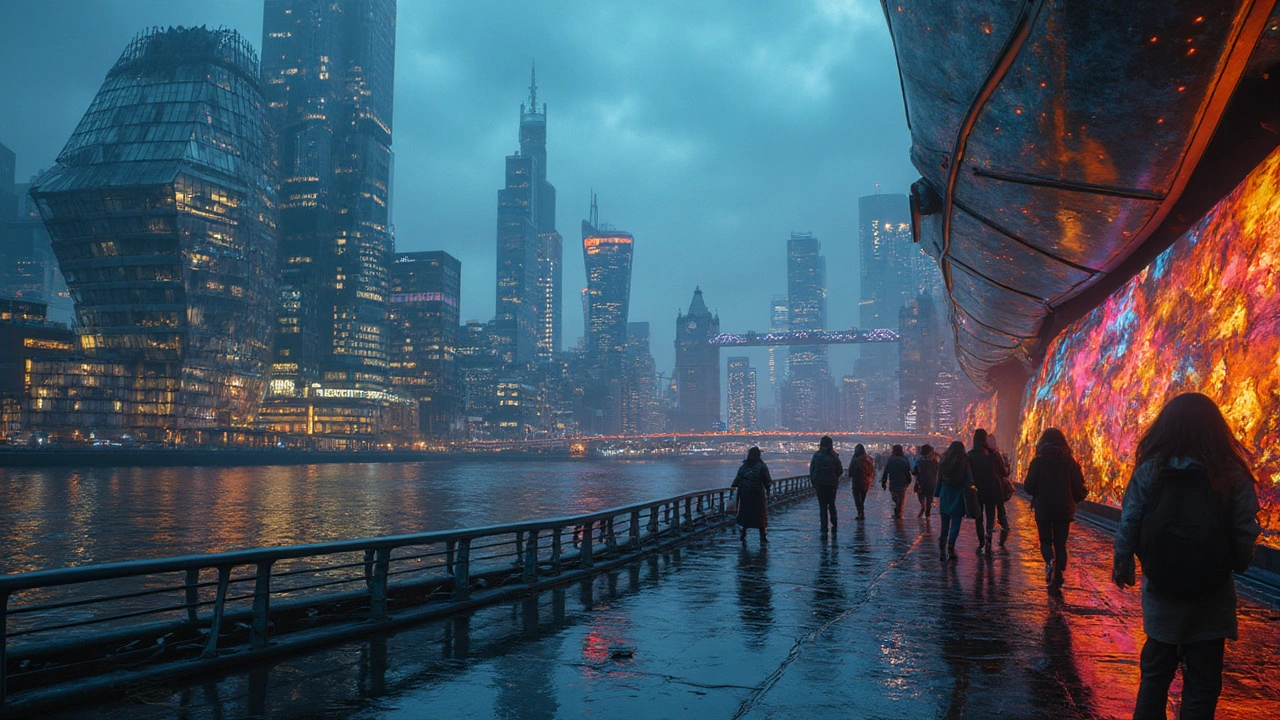Contemporary Art: What It Is and How to Start Seeing It
Contemporary art isn’t a single style. It’s work made now that talks about our lives, politics, tech, and the way we live in cities. You’ll see paintings, sculptures, videos, installations, and even buildings or performances labeled as contemporary. The trick is spotting intent: artists often mix materials and ideas to challenge how we look at everyday things.
Want a quick rule of thumb? If a piece uses new materials, reacts to current events, or changes with the space or the viewer, it’s likely contemporary. That makes it exciting but also confusing. Don’t feel you need a degree to appreciate it—focus on questions instead of answers.
Why architecture matters to contemporary art
Architecture shapes how we experience art. A gallery’s light and flow change a painting’s mood. Public art on a facade or inside a public building changes how people use that place. That’s why Macklowe Art & Architecture talks about both art and buildings: contemporary artists and architects often collaborate or borrow from each other. Look for shows that use unusual spaces—warehouses, rooftops, or renovated courthouses. Those settings are part of the artwork.
Some contemporary artists respond directly to architectural styles. Minimalist interiors emphasize clean lines and material honesty. Postmodern façades invite playful visuals. When you read about architectural movements on this site, think about how their ideas show up in current art projects.
A short, practical guide to exploring shows and collections
Go see work in person whenever you can. Photos help, but scale and texture are best experienced live. At a show, read the artist statement first—it's a five- to ten-second shortcut to what the work wants to say. Walk the room slowly. If something puzzles you, take a photo and come back later; your view will change after a second look.
If you’re short on time, pick one theme before you visit: material, politics, or technology. That focus helps you notice choices artists make. Talk to gallery staff or other visitors—most people love sharing why a piece stuck with them. Keep a small notebook or use your phone to jot quick impressions. Over time you’ll build a personal vocabulary for what moves you.
Want more? Read essays that connect movements and buildings with current art practice. Explore posts about minimalism, postmodernism, or Art Nouveau here on Macklowe Art & Architecture to see practical links between design, space, and today's art. That combo—seeing, reading, and asking—turns confusion into curiosity.
Contemporary art can feel messy and rewarding at the same time. Start small, visit often, and let the architecture around the work teach you as much as the work itself.

How Revivalism is Shaping Contemporary Art
Revivalism in contemporary art isn't about copying the past-it's using historical styles to question today's world. From neo-Gothic installations to Byzantine-inspired NFTs, artists are blending old techniques with modern concerns to create powerful, meaningful work.
Read more
Neo-Futurism: How It's Shaping Contemporary Art Today
Explore Neo-Futurism and how it's flipping the script in contemporary art. Unpack what makes this movement so radical, where it's showing up, and why artists keep flocking in.
Read more